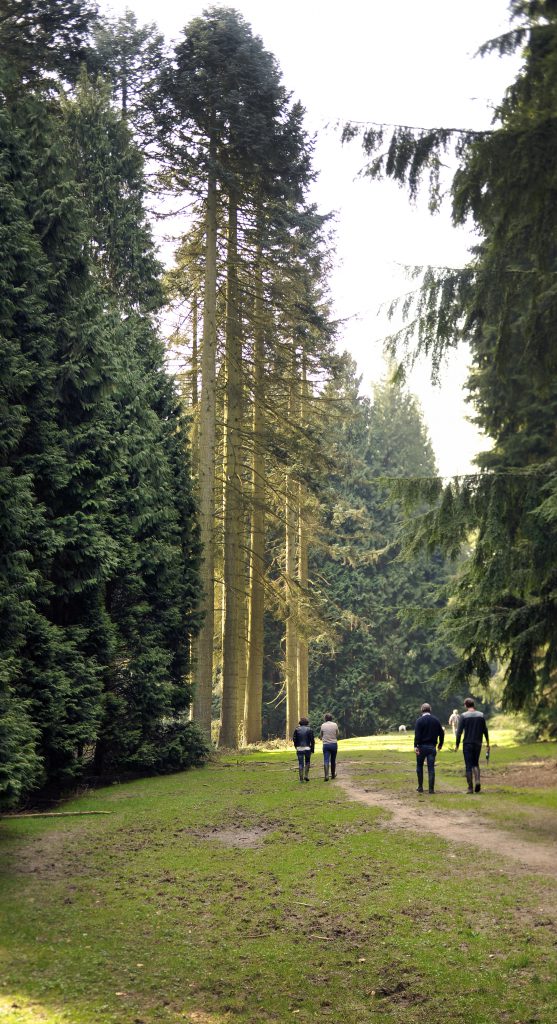Arboretum management

As a living and changing collection the arboretum will continue to be the object of ongoing care. All the more so because, just as the renewal of the arboretum was nearing completion, the long and hot summers of recent years brought drought that killed many trees or made them weaker for infestation of bark beetle and other pests. To make matters worse, strong storms uprooted or broke a number of trees that had lost the shelter afforded to them by their drying neighbors. A certain degradation is observed in various areas, which has been going on for a few decades. Many older trees with rotted heartwood or infested belowground with harmful fungi, although sometimes seemingly healthy and with full crowns, present the arboretum managers with difficult dilemmas: Should such trees be felled for safety reasons, or should they be preserved as long as possible with the risk of collateral damage if they come crashing down eventually?
Needless to say, there is still a lot of work to be done to replace lost tree groups, rejuvenate the older groups, and add missing species to the collection, always being mindful of the original arboretum concept and its geographical layout. As regards shrub species, for example, much can be done to enhance and diversify the collection. Plant material from the areas of origin (collected in the wild) is preferably used for this, but alternatives sources are sometimes carefully considered. Finding the desired plants in appropriate quantities remains a very difficult challenge. A network of international contacts is essential for this task. Further development of the nursery is also necessary, because many trees and shrubs must be patiently grown from seed or cuttings.
Furthermore, the data management on the collection must be improved and updated on a regular basis, a task no less demanding. The collection database, that has been created in recent years and the GIS maps that go with it, provide a good starting base. Work on a digital archive of forest types in the reference areas is currently underway. The objective is to supplement this data as new information becomes available and use it for various purposes, including educational activities and scientific research. The resources and tools used for the data management, and those used in the field for the ongoing care of the trees, must continuously evolve with the available technology in order to ensure a well-documented and resilient tree collection for the benefit of present and future generations.

